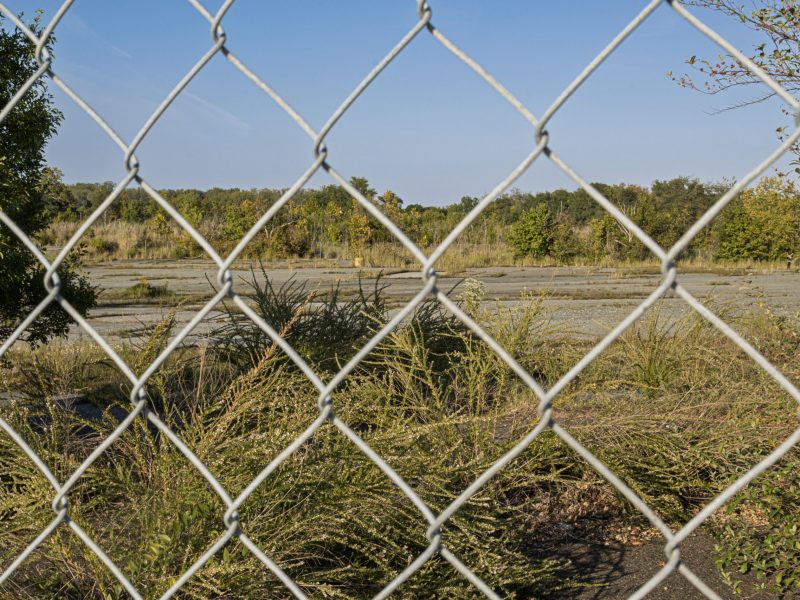The Chesapeake Bay’s overall health in 2016 shows slight improvements from recent years, according to the University of Maryland Center for Environmental Science’s annual report card released on Monday.
This year, scientists rated the bay’s overall index at 54 percent, up from 53 percent in 2015 and 49 percent in 2014. Taking into account seven different health indicators, including clarity and dissolved oxygen levels, the bay’s overall health index has improved every year after 2013, when its rating was 45 percent.
Only 1 percent lower than the index’s peak of 55 percent in 2002, the 2016 report card is the second-best the bay has seen since 1986 when the report began. The Lower Bay was the highest-scoring region this year, given an overall health index rating of 67 percent and receiving the label of “moderately good ecosystem health” from the report.
[Read more: SGA could take action to support Chesapeake Bay cleanup after potential Trump budget cuts]
The number of adult striped bass in the bay — which is the nation’s largest estuary — was given a perfect score in 2016. The number of adult blue crabs, as well as the bay’s dissolved oxygen levels, were both given a score of 90 percent.
“This year no regions were below moderately good levels of dissolved oxygen,” the report said.
Low oxygen levels make it harder for creatures to live in the bay. The survival of the bay’s bass, anchovy and crab populations are “ecologically, economically, and socially” important to the Chesapeake, the report said.
Some factors offset progress in areas contributing to the continuing improvement of the bay’s overall health. In the Patuxent, York, Patapsco and Back rivers, as well as in the Lower Western Shore, the overall ecosystem health was “poor.”
[Read more: Chesapeake Bay oyster populations are in decline. Maryland hopes to plant one billion of them.]
The score given to the bay’s Benthic community — organisms such as oysters, crabs and worms that live at the bottom of the bay — improved in the Lower Bay and decreased or remained the same in each of the 12 other regions. The reports said levels of nitrogen, phosphorous, chlorophyll a, water clarity, and aquatic grasses were all “very poor” in at least one region of the bay in 2016.
However, only nitrogen and Benthic community levels decreased from 2015. Improving or remaining the same in many aspects of ecosystem health is good for the bay, but “local, state, and federal governments, nonprofit organizations, academic institutions, private businesses, and individual citizens” are still leading efforts to protect and restore the bay’s health, the report said.
This university’s sustainability committee has announced it will pursue ways to promote the bay’s health if President Trump’s proposed budget cuts to the Environmental Protection Agency are approved.



